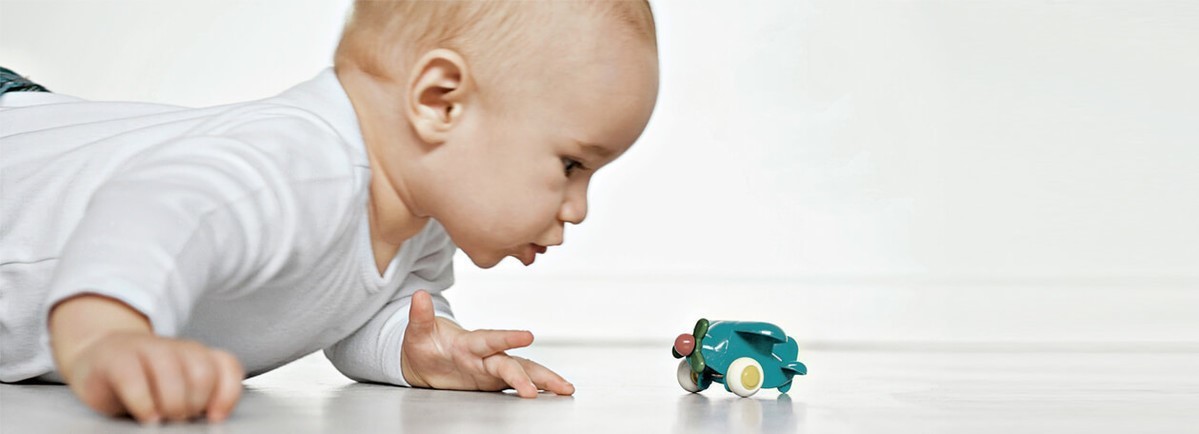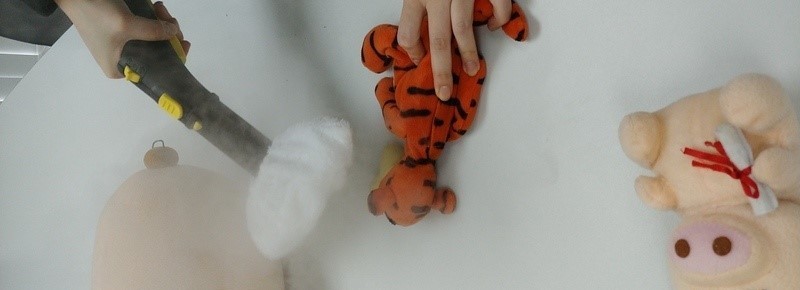Cleaning, Sanitizing and Disinfecting Baby Toys

Babies and toddlers have lots of toys, most of them end up in their mouth. If spraying with a disinfectant or soaking toys in bleach doesn’t appeal to you, steam is a great way to sanitise without chemicals.
The secret of steam cleaning lies in the powerful combination of pressure, speed and temperature. Microscopic steam particles force their way into even the hardest to reach crevices and tiniest recesses to thoroughly loosen dirt particles.
As steam cleaning does not use any chemical cleaning agents, it prevents allergen residues from forming on the cleaned surfaces. This provides a safe environment for small children in particular, who like to put things in their mouths, and allergy sufferers can also breathe a sigh of relief.
Cleaning vs. Disinfecting Toys: What’s the Difference?
The most apparent disparity between cleaning and disinfecting toys is that cleaning usually involves washing the toys for the purpose of getting rid of obvious dirt and that can be seen with bare eyes from the surface of the toys with water and/or soap.
However, disinfecting toys involves a more thorough cleaning process that aims to remove bacteria, spores and other microorganisms that are not apparent to naked eyes.
Cleaning process usually involves a milder cleaning solution, like soap and detergent while a harsher cleaning solution such as bleach or in our case, only hot steam , is used for disinfecting purposes.
When to Clean and Disinfect Baby Toys
It is recommended to clean baby toys daily and to disinfect baby toys weekly. We have to take extra care when it comes to hygiene matters of baby toys because a new born baby is super sensitive to germs and their immune system is not as strong as adult’s to combat seemingly innocuous germs. Thus, we shall pay extra attention to the cleanliness of baby toys to avoid putting the baby at risk.
Other occasions that call for additional cleaning:
● A toy falls on the ground.
● A toy is covered with dirt, vomit, food or milk.
● The baby has been sick.

How to Clean and Disinfect Baby Toys
Different types of toys call for different kinds of cleaning and disinfecting processes. Thus, we list down the best cleaning and disinfecting methods for various types of toys as followed:
1. Plastic toys
Plastic toys are one of the easiest toys to clean. You can simply submerge them in a bucket of warm soapy water, and then proceed to rinse them with tap water and wipe them dry with clean cloth. You can use a toothbrush to scrub tiny areas that capture dirt easily.
Or you can simply load up your dishwasher with plastic toys and have the machine to do the cleaning for you. Please beware that you have to make sure the toys are made of 100% plastic and are not equipped with a battery slot before putting them into the dishwasher.
To clean and disinfect baby toys from bacteria, you can rely on the pressure and hot steam from Karcher Steam Cleaner to do the job effectively without leaving behind any trace of chemicals. Please be mindful to double check that these toys are not sensitive with hot steam prior to disinfecting them with a steam cleaner.
Thorough cleaning with the Kärcher steam cleaner removes 99.99%* of all common household bacteria from common household hard surfaces.
2. Wooden toys
Wooden toys require extra care and simply submerging them in soapy water will cause damage to the wooden material.
You can mix distilled white vinegar and water to create a cleaning agent, dab some of the agent with a clean lint-free cloth and wipe the wooden surface clean.
You can spot clean stubborn stains by applying some rubbing alcohol on cotton balls and go over the stains a couple times and then wipe it clean with a damp cloth.
From time to time, you can also disinfect wooden toys with alcohol or anti-bacterial wipes.
3. How to Clean Soft Toys: Fabric Toys, Plush Toys, Stuffed Toys
How to clean plush toys is probably the most frequently asked question as stuffed animals are the most popular baby toys due to their soft and cuddly nature.
The easiest way to wash your teddy bear is to use a washing machine. However, the vigorous rotating mechanism of a washing machine might alter the shape of the soft toys a little bit. This is when Karcher Steam Cleaner comes in handy.
The combination of pressure, speed and temperature delivers ultimate cleaning and disinfecting of your stuffed toys without affecting the original shape and state of the stuffed toys.
You can also spot cleaning food or vomit stains by wiping the surface of dirty plush toys with antibacterial baby wipes to prevent those stains from seeping deeper into the fabric before doing a more thorough cleaning with steam cleaner.
Another natural way of disinfecting fabric toys is to lay them down under the hot sun, let the UV ray kill all germs and microorganisms in the process.

4. Bath toys
Just because bath toys are submerged in bath water all the time doesn’t mean they are clean. With that being said, you definitely shouldn’t miss cleaning bath toys.
To clean bath toys, you can simply put them in the dishwasher to do the job.
Or you can soak them in a mixture of distilled white vinegar and hot water for 20 minutes, then proceed to rinse them with water.
Conclusion
Investing in a Karcher Steam Cleaner is definitely a wise decision to make in order to ensure the safety and health of your baby. Not only that the steam cleaning function is able to remove dirt, bacteria and mould effectively 100% without chemicals, a steam cleaner can also speeds up your usual baby toys cleaning process, a perfect cleaning method to kill two birds with one stone. Visit the nearest Kärcher store near you to test out the toy sanitiser to clean and disinfect baby toys!
*Thorough cleaning with the Kärcher steam cleaner removes 99.99% of all common household bacteria from common household hard surfaces.

